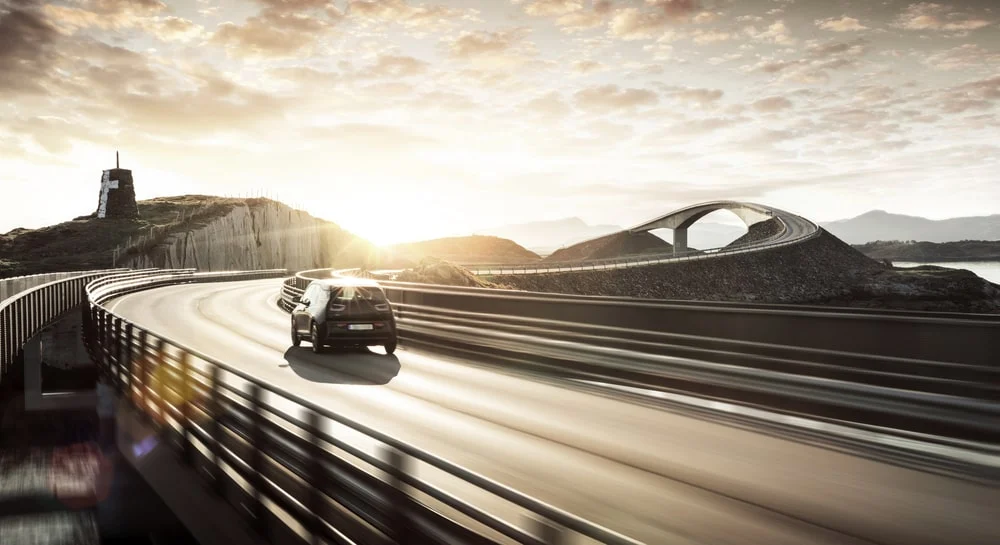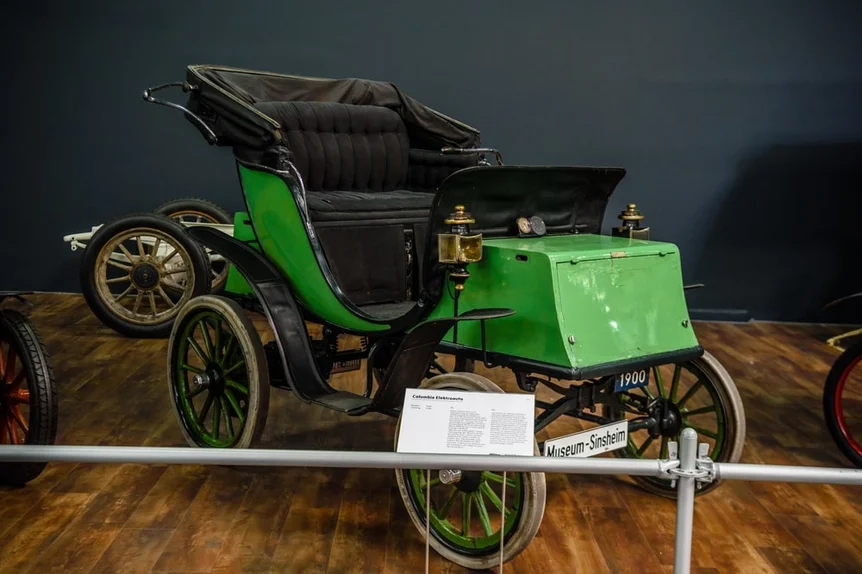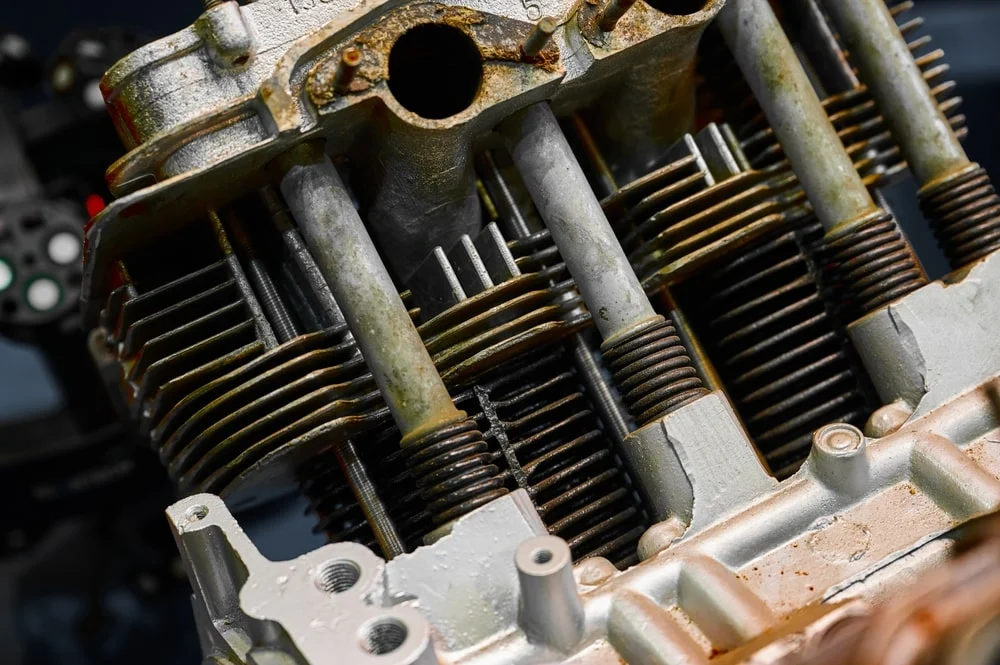
The surprisingly long history of electric cars
While electric vehicles (EVs) have only recently begun to challenge the dominance of internal combustion engines, their history stretches back over a century. The journey of EVs has been marked by periods of innovation, decline, and resurgence.
At the turn of the 20th century, electric cars were more common than gasoline-powered ones. However, this changed with the introduction of Ford's Model T, which made gasoline cars more affordable and accessible. Despite this setback, there were still those who worked on improving electric mobility throughout the decades.
The 21st century brought a renewed interest in electric vehicles, fueled by environmental concerns and technological advancements. Today, electric cars are not just a niche product but a major player in the global automotive landscape.
This article explores the history of electric vehicles, from their early beginnings to the present day, and what the future may hold for this rapidly evolving technology.
Electric car history timeline
The evolution of electric vehicles can be divided into several distinct eras: the early pioneers (1830-1880), the transition to motorized transport (1880-1914), the rise of the internal combustion engine (1914-1970), the return of electric vehicles (1970-2003), the electric revolution (2003-2020), and the tipping point (2021 onwards).
First electric cars (1830-1880)
During the 19th century, inventors across Europe and the United States experimented with combining batteries and motors to create powered vehicles. Although these were mostly prototypes, they laid the foundation for the development of electric cars.

When was the first electric car made?
Although there is some debate, many believe that the first small-scale electric vehicles were developed between 1828 and 1832. These early models were rudimentary, with low speeds and limited range.
Who made the first electric car?
Several inventors contributed to the early development of electric vehicles. Robert Anderson, Ãnyos Jedlik, Sibrandus Stratingh, Thomas Davenport, and William Morrison all played roles in the creation of early electric cars.
What was the first electric car?
William Morrison of Des Moines, Iowa, built one of the first practical electric vehicles in the late 1880s. His car was a modified horse-drawn carriage that could carry up to 12 people and reach speeds of about 20 mph.
The transition to motorized transport (1880-1914)
As the 20th century began, electric cars gained popularity, especially in urban areas where electricity was readily available. However, steam and gasoline vehicles also competed for market share.

Who invented the internal combustion engine?
Gottlieb Daimler and Carl Benz independently developed the first gasoline-powered automobiles in 1886. These vehicles, while powerful, were noisy and required manual starting, making them less appealing than electric alternatives at the time.
When did hybrid cars come out?
Hybrid vehicles emerged later, with Porsche developing the first hybrid car in the early 20th century. However, widespread adoption of hybrids didn’t occur until much later, with the success of the Toyota Prius in the 1990s.
The rise of the internal combustion engine (1914-1970)
With the introduction of mass production techniques, such as Ford’s assembly line, gasoline-powered cars became more affordable and widespread. This led to a decline in the popularity of electric vehicles, which were seen as less practical for long-distance travel.
The return of electric vehicles (1970-2003)
Oil crises and environmental concerns in the 1970s sparked renewed interest in alternative fuels, including electric vehicles. While early EVs had limitations in range and performance, they paved the way for future innovations.
Going electric (2003-2020)
The 2000s saw significant progress in battery technology and EV design. Companies like Tesla and Nissan introduced groundbreaking models that helped bring electric cars into the mainstream.
The tipping point of EV growth (2021 and beyond)
In recent years, electric vehicles have reached a critical mass, with sales increasing dramatically. Countries and companies are now setting ambitious goals to transition to fully electric fleets, signaling a new era in transportation.
The future of electric cars
As we look ahead, the future of electric vehicles appears bright. With continued improvements in technology, charging infrastructure, and government support, electric mobility is set to play a central role in sustainable transportation.
Whether you're an enthusiast, a consumer, or a business owner, the shift to electric vehicles is not just a trend—it's a transformation that will shape the way we move for generations to come.


